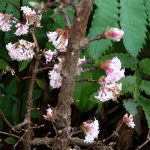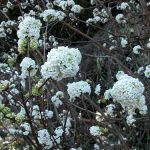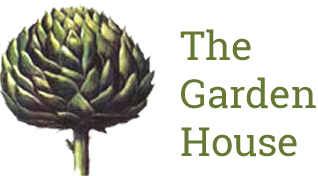Plant of the Month: Viburnum x bodnantense Dawn
Posted:5 December 2011
The winter flowering Viburnum, Viburnum x bodnantense Dawn, is a real beauty and is a must for this time of year. It has pale pink tubular flowers with an exquisite fragrance and a really long flowering period.
 It belongs to the Caprifoliaceae family, the same family as honeysuckle, and has a height and spread of 3m x 2m (10ft by 6ft) and is a long-lived, upright, deciduous shrub, which prefers a moist, well drained soil but will tolerate chalk as well.
It belongs to the Caprifoliaceae family, the same family as honeysuckle, and has a height and spread of 3m x 2m (10ft by 6ft) and is a long-lived, upright, deciduous shrub, which prefers a moist, well drained soil but will tolerate chalk as well.
The genus Viburnum contains about 150 evergreen and deciduous shrubs and small trees, mainly from wooded areas of northern temperate regions, but extending to Malaysia and South America.
Different viburnums are grown for their flowers, fruit and foliage. Most have white flowers, some of them very fragrant, and brightly coloured fruits. Viburnum x bodnantense is grown for its fragrant, pretty, pink winter blossom, while others produce beautiful, scented flowers in spring or early summer.
The fruits of Viburnum are usually small and spherical, and usually black, blue or red, but V. opulus Xanthocarpum, a cultivar of the guelder rose, bears bright yellow berries.
 V. x bodnantense is the result of a cross between Viburnum farreri (formerly V. fragrans) and V. grandiflorum, and was bred at Bodnant gardens in Wales.
V. x bodnantense is the result of a cross between Viburnum farreri (formerly V. fragrans) and V. grandiflorum, and was bred at Bodnant gardens in Wales.
In mild spells it is a spectacular sight, very cheering on a winters day. The flowers are generally frost resistant, but even if they do get frosted, more soon open within a few days. Cut a few sprigs for the house as cut flowers they last a long time.
Viburnums are excellent plants for a woodland garden or shrub border. A sunny site is best, but it can also tolerate dappled shade in too much shade it will just grow towards the light. It is hardy throughout the British Isles.
As it flowers on bare stems, which is very attractive feature at this time of the year, it is best planted against a green background (such as hedging) to show off its beautiful clusters of flowers, or mixed in with other coloured stems. Alternatively, plant where the fragrance can be appreciated, beside a frequently used path.
If you have a deciduous Viburnum that is old and woody and not flowering well, then now is a good time to prune our a third of the older stems, right down to the base. This will rejuvenate the plant and send up new shoots to flower next year.

